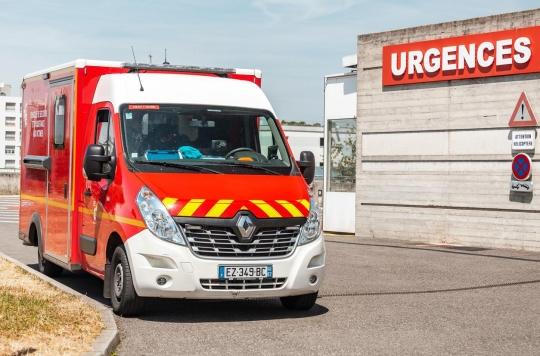When it comes to operating childhood heart defects, precision must be essential. To improve this type of surgery, the team of Polina Golland, professor of electrical engineering at the Massachusetts Institute of Technology (MIT), in Boston (United States), has developed a new technology: from a series of ‘images from a MRI, a software copies and prints in 3D a heart identical to the real model.
The difference with existing techniques mainly lies in the speed of the process: while it took an entire day to model a heart and 3D print it, this new software produces a heart identical to that of a young patient in less than two hours. This copy then constitutes a faithful model on which surgeons can train themselves to perform the most delicate operations carried out subsequently on the child. “We have used this type of model on a few patients, and performed virtual operations on the heart to simulate real conditions. This was a great help for the actual surgery, in terms of reducing the time spent examining the heart and performing the repair.“Sitaram Emani, cardiac surgeon at Boston Pediatric Hospital, explains in an MIT press release. This type of model also helps to better explain to the patient and his family the heart disease from which the child is suffering.
3D prints today represent real hopes in medicine. Recently, for example, this technology has made it possible to tailor-made rib cage fragments for a cancer patient.
>> To read also:
An inoperable tumor removed using a 3D model
3D printing: a new life for young Ugandan amputees
Unusual: the transplant of a skull carried out with a 3D printer
Heart monitoring: which key tests and for whom?


















